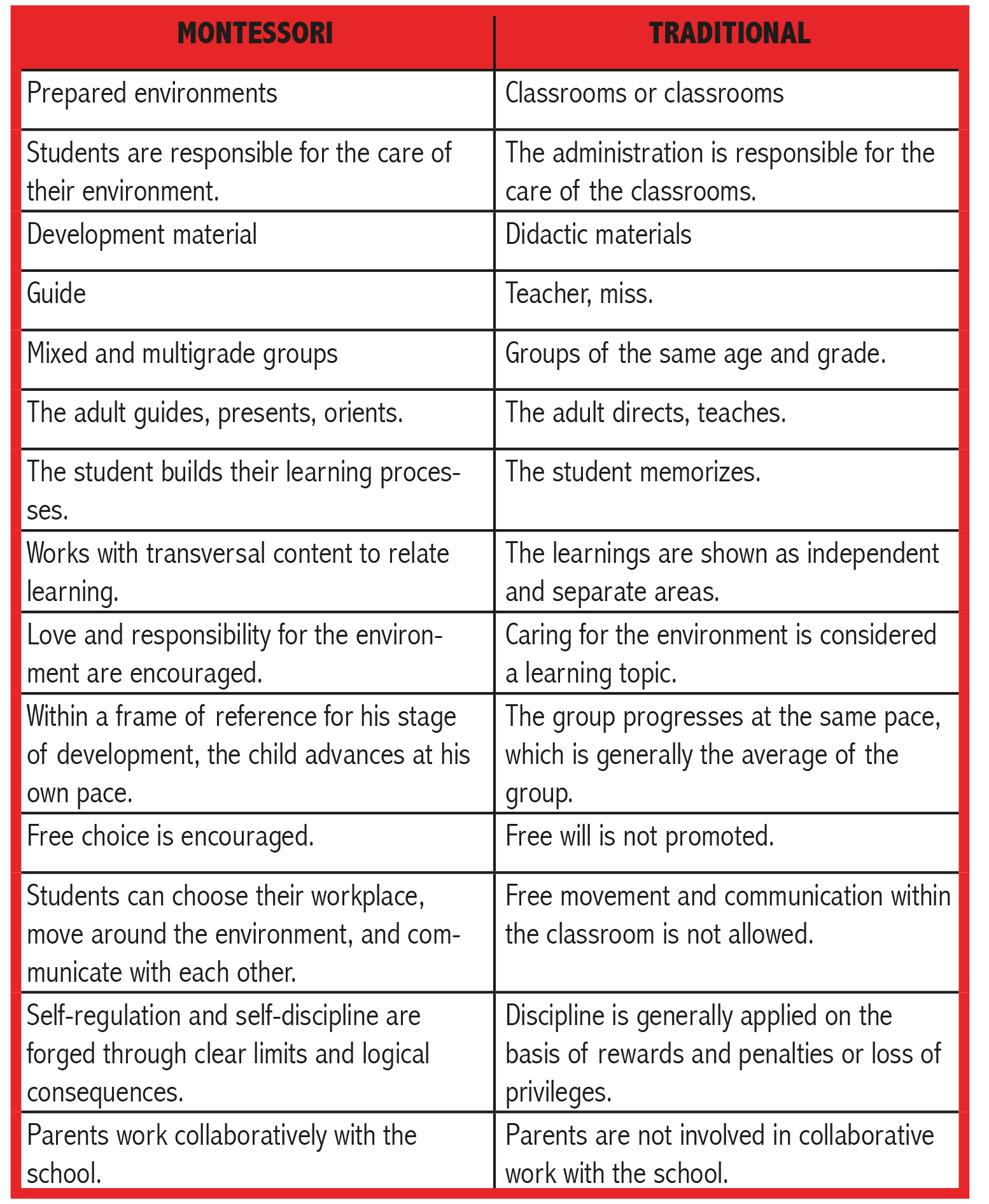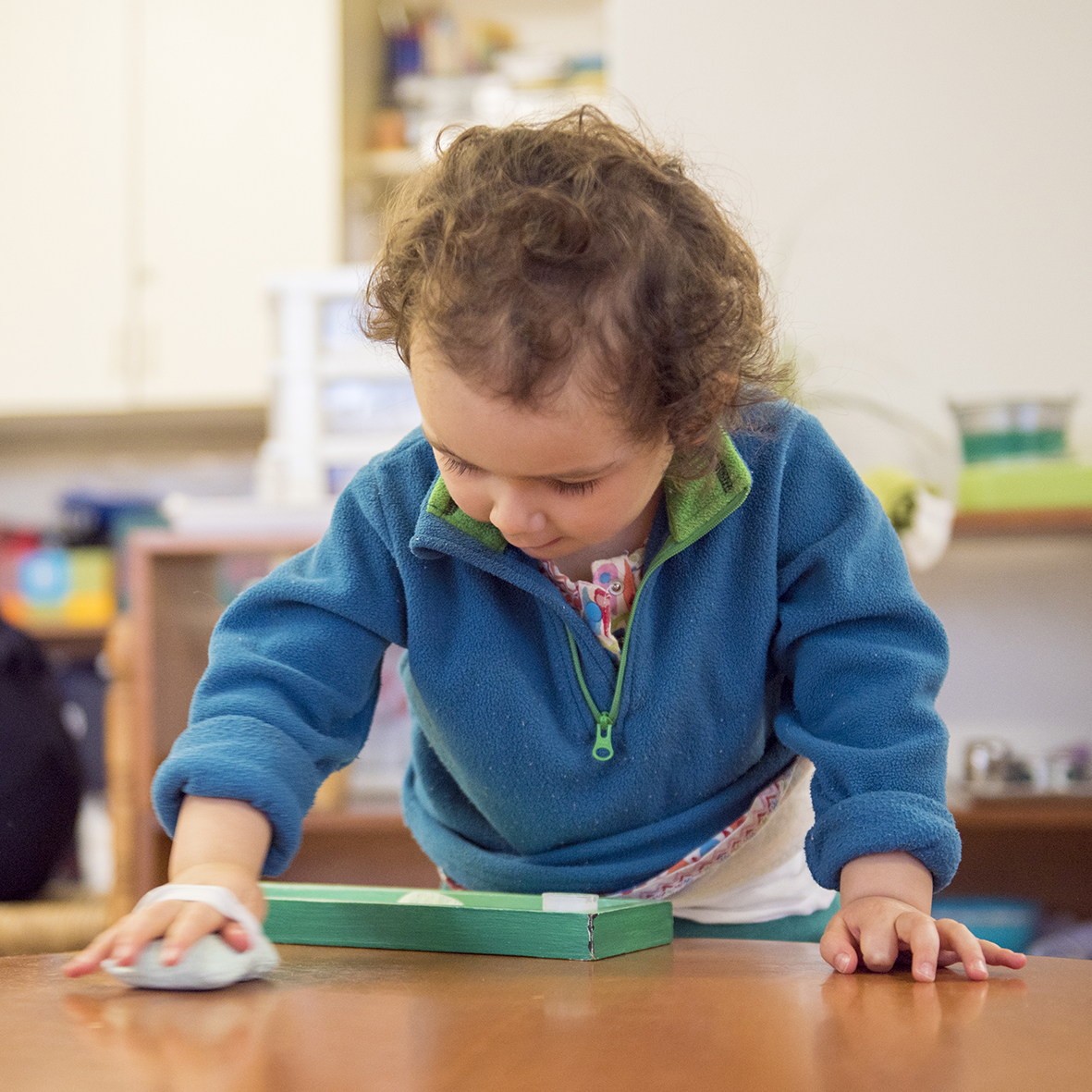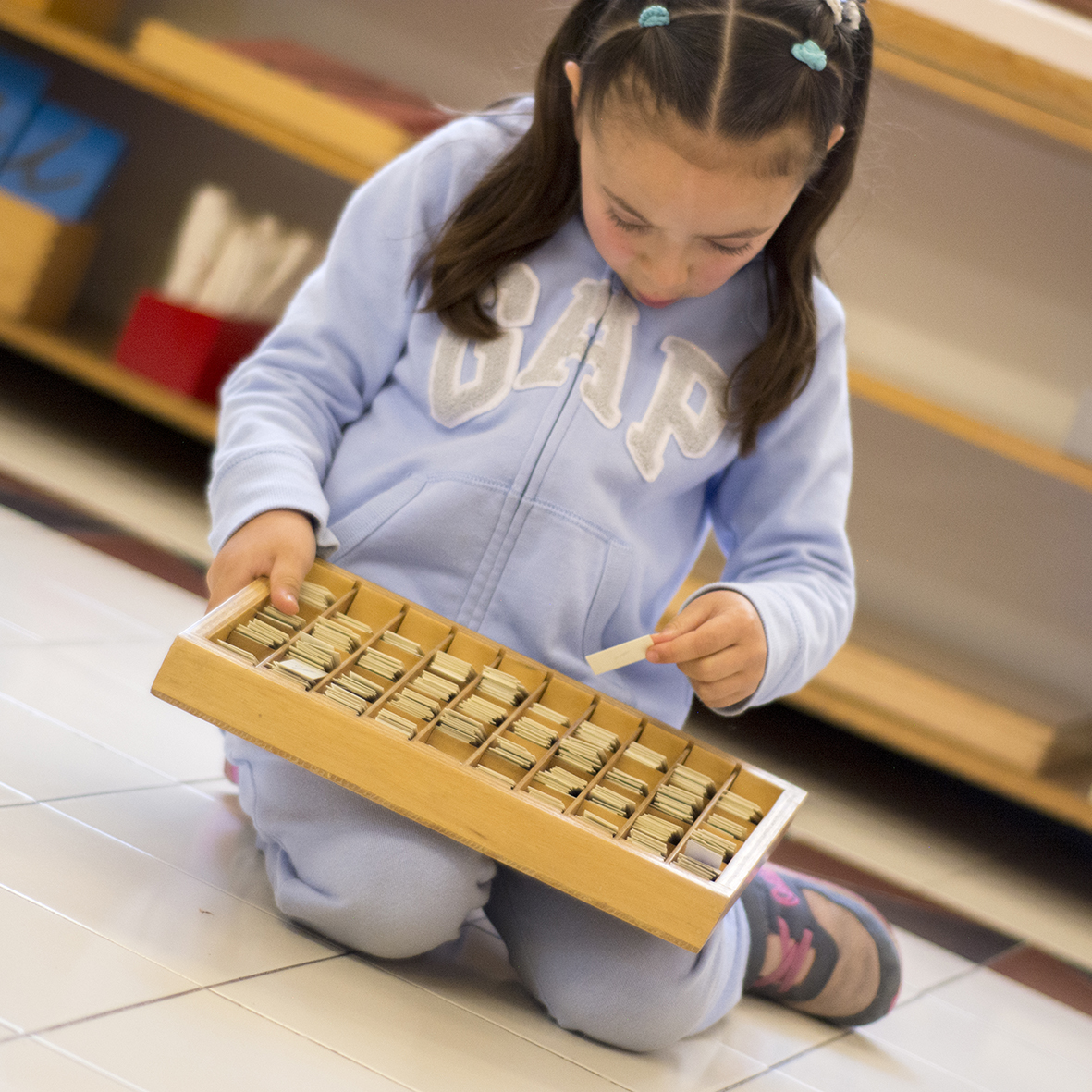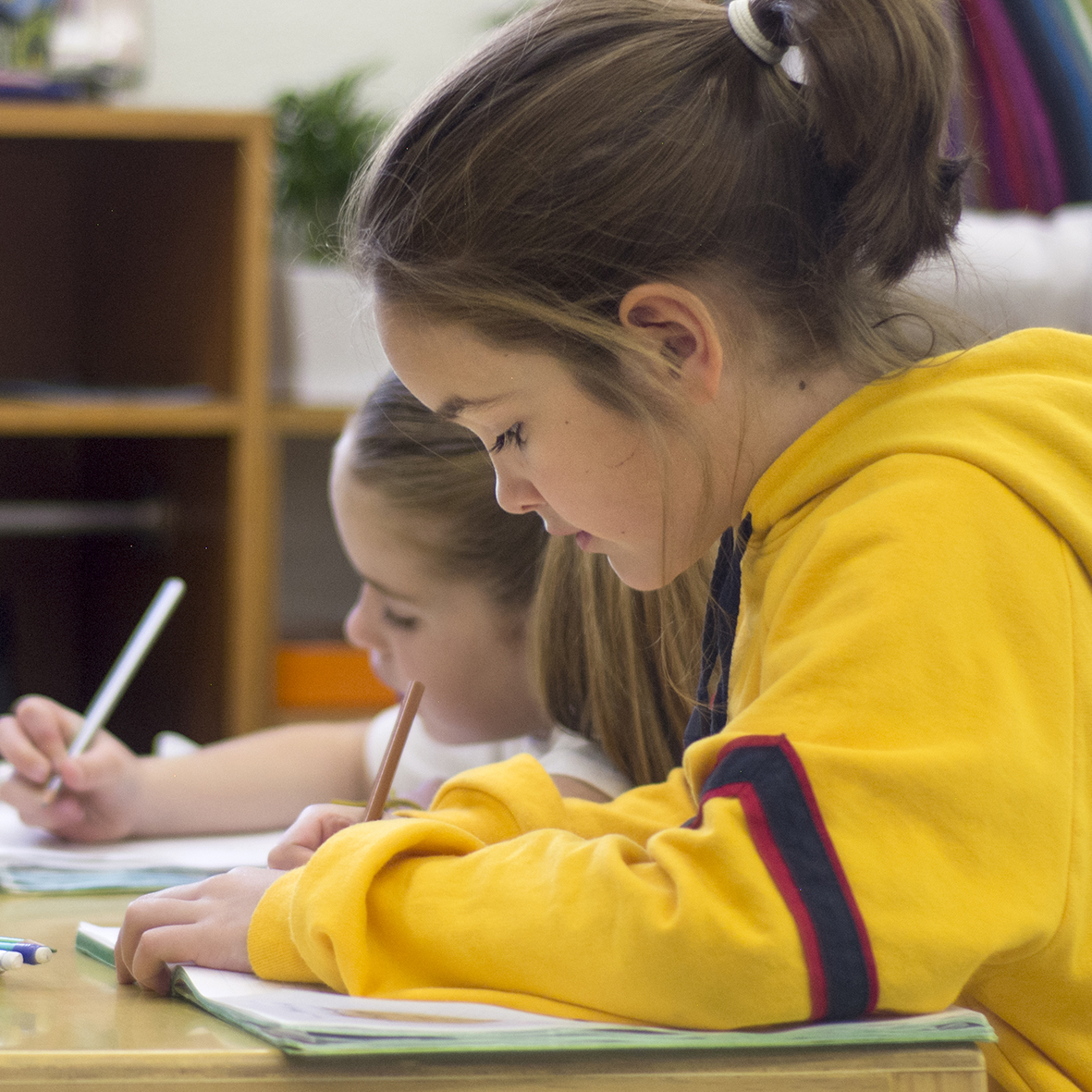
The propagation of Montessori philosophy and methodology has taken a very important place in the last decades in the educational field of Mexico and the world. This has been a niche of opportunity for the creation of courses, workshops, trainings and graduate programs by people and / or institutions outside the AMI, so we consider it a right and a responsibility of parents, to know what Montessori really is, so they can make better informed decisions.
Therefore, we invite you to read the answers to the most frequently asked questions, to delve into Montessori with serious readings, to approach the AMI Training Centers, and above all, to visit several schools before choosing one.
What is Montessori?
What kind of children is Montessori for?
What stages of education does Montessori cover?
How to know if a school is an authentic Montessori school?
What are the differences between a Montessori school and a traditional one?

Is Montessori pricey or expensive?
What can we read about Montessori as parents?
What happens when children finish Montessori and go out into the real world?
What kind of middle or high school do Montessori children go to?
How do we link with the SEP?


Infant/toddler Community
2022-2023 SCHOOL YEAR
Hours: from 8:00 a.m. to 1:00 p.m.
Yearly Enrollment / Re-enrollment: $ 20,000.00
Monthly payment: $ 10,000.00, from September to July.
Expenses to consider:
Each family takes care of lunch for the whole group for a week until the list of students in that environment is finished, and they start over (2 to 3 times per school year for 15 children and 2 adults).

Children's House
2023-2022 SCHOOL YEAR
- Hours:
3 and 4 year olds from 8:00 a.m. to 1:30 p.m. - 5 year olds from 8:00 a.m. to 2:15 p.m.
Yearly Enrollment / Re-enrollment: $ 20,000.00
Monthly payment: $ 10,000.00, from September to July.
Expenses to consider:
- Each family is in charge of snacks for the whole group for a week until the list of students in that environment is finished, and they start over (1 to 2 times per school year for 30 children and 3 adults).
- Uniform, to be used for school outings and PE.

Elementary
2022-2023 SCHOOL YEAR
-
Hours:
Lower elementary, from 7:30 a.m. to 2:30 p.m.
Upper elementary, from 7:30 a.m. to 2:45 p.m.
Yearly Enrollment / Re-enrollment: $ 22,000.00
Monthly payment: $ 12,000.00, from September to July.
Expenses to consider:
- Elegant Uniform for Monday’s civic ceremonies and special days, and uniform for school outings and Physical Education.
- Annual camp cost.
- Sixth graders graduating generation camp cost.